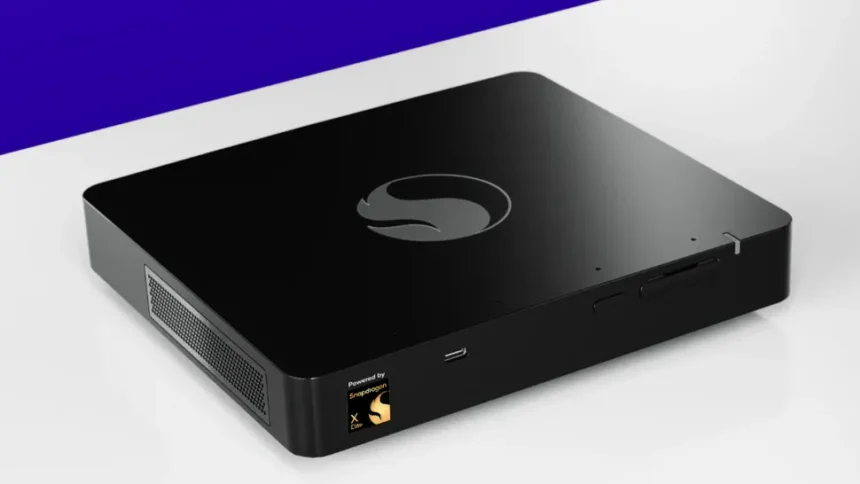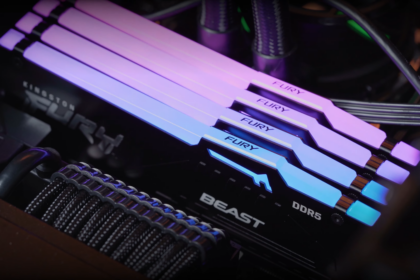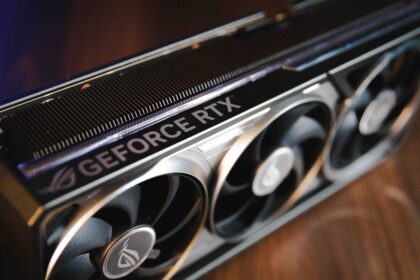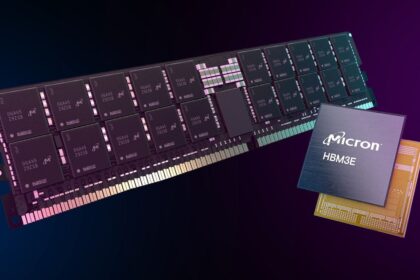In a surprising move, Qualcomm has announced the cancellation of its Snapdragon Dev Kit, offering refunds to customers. The company explained that the product failed to meet their typical standards of excellence, causing concern among developers and tech enthusiasts.
The Snapdragon Dev Kit was an essential tool for creating native Windows applications on ARM-based systems, and its sudden discontinuation leaves developers with fewer resources to optimize software for this growing platform. The announcement has sparked discussions about the future of ARM-based development for Windows.
The Snapdragon Dev Kit dies without being born due to “quality problems.”
Qualcomm’s decision to cancel its Snapdragon Dev Kit initially announced during Microsoft’s Build conference in May 2024, has stirred concerns about the future of Windows on ARM. The development kit, a mini PC with a 12-core Snapdragon processor, was meant to provide developers with an affordable platform for building native ARM applications.
However, due to quality and performance issues, Qualcomm decided to halt the product, offering full refunds without requiring the return of the devices.
Qualcomm explained the move:
“The product has not met our usual standards of excellence, and therefore, we have decided to pause this product and its support indefinitely.”
According to Tom’s Hardware, one key issue with the dev kit was its inefficiency—using four times more power than the Snapdragon X Elite laptop variants while delivering only a modest 10–30% performance improvement.
This demonstrated that the first generation of these Snapdragon processors did not scale well, underlining the challenges of achieving significant performance gains on desktops without major power trade-offs.
The cancellation has raised concerns about the future development of native Windows on ARM applications, especially with the lack of an official development kit to support ongoing work. While Qualcomm has confirmed its commitment to releasing future Snapdragon X Series chips for PCs, the gap left by this development kit may slow progress in optimizing Windows software for ARM architecture.
Despite the strong initial reception of the Snapdragon X Elite and X Plus processors, their deployment in desktop PCs remains a challenge. For Windows on ARM to succeed, especially on laptops, Qualcomm must improve the balance between power efficiency and performance, especially if they hope to compete with the dominant x86 solutions.











